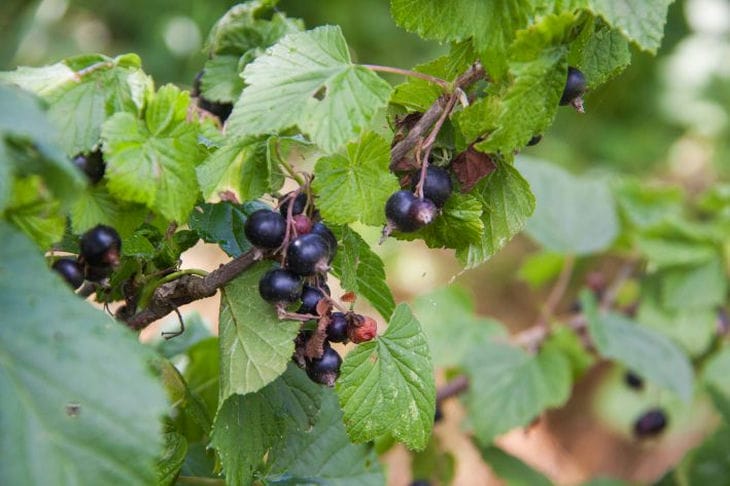What to do with blackcurrants in spring: important for gardeners to know
Black currant is one of the most popular and beloved berry crops in our gardens.
It is highly valued for its productivity, unpretentiousness and rich vitamin content.
However, in order for blackcurrant bushes to produce a bountiful and tasty harvest, it is necessary to provide them with proper care, especially the spring period, when the plants wake up after hibernation and begin to actively grow and develop, says Anastasia Kovrizhnykh .
Sanitary pruning: removing excess
Spring pruning is one of the most important stages of blackcurrant care. It allows you to remove damaged, diseased and old branches, thin out the bush, improve its ventilation and lighting.
Pruning is carried out before the buds open, usually in March or April, depending on climatic conditions.

Remove all branches growing inside the bush, as well as weak, thin and damaged shoots. Leave 5-7 of the strongest and healthiest skeletal branches of different ages.
Preventive treatment: protection against diseases and pests
In spring, black currants are especially vulnerable to diseases and pests, so it is important to carry out preventive treatment of the bushes.
Before the buds open, plants are sprayed with a solution of copper sulfate or Bordeaux mixture to protect against fungal diseases.
After flowering, you can use biological preparations or folk remedies to combat pests such as aphids, mites and currant glassworm.
Top dressing: nutrition for growth and harvest
In spring, black currants need additional nutrition for active growth and formation of the future harvest. Organic and mineral fertilizers can be used as top dressing.
In early spring, before the buds open, nitrogen fertilizers are applied to promote the growth of green mass. After flowering, the plants are fed with phosphorus-potassium fertilizers, which stimulate the formation of berries and increase their sugar content.
Watering: Providing Moisture
Blackcurrant requires sufficient moisture, especially during periods of intensive growth and ripening of fruits.
When watering, direct the water directly to the roots, trying not to touch the foliage. The frequency of watering is determined by the current climate conditions and soil characteristics: in conditions of high temperature and dryness, watering is increased, and in cool weather with precipitation, it is reduced.
Earlier we talked about why radishes take a long time to sprout after sowing.
